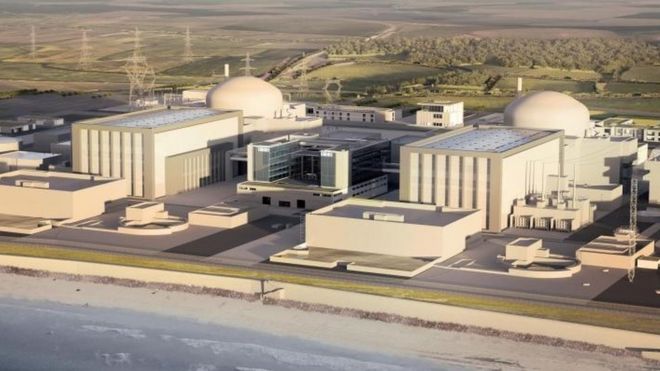Green Energy Proposal By Labour - What Is It And Is It Viable?

In his conference of the his party on Wednesday, Jeremy Corbyn unveiled plans to kick-start a green 'Arbeitsplätze' Revolution. But one flaw in any low-carbon industry plan to ‘create jobs' is that many parts of it tend to be capital intensive and does not require people. In Labour's modelling, they pledge to spend £12.8 billion on the home insulation programme, which they say would create approximately 160,000 jobs. This would lead to a £80,000 grant per job created. Moreover, the creation of state-funded jobs can carry enormous costs, although it also has many opportunities. The money required for this programme would have to come from somewhere. If government borrowed to finance the programme, it would risk crowding out private investment. If it decided to fund the programme itself, an increase in taxation of industries and jobs would be required which, in turn, leaves less money for employers and consumers.
 The Spanish subsidy model, which many other governments tried at the time to emulate with very similar language to Labour's proposals, which eliminated 2.2 jobs for each green job gained. But even if that were not the case, centrally planning the economy in this way would remain a poor climate change mechanism. The best global warming solutions will involve technologies that do not yet exist, are tested and made affordable by scale-up according to demand and are then sold around the world. The most efficient way for the state to help this process is invest money into new technologies that we know have the potential to be efficient. Several schemes have been developed to improve the thermal efficiency of buildings but behind the scenes struggles between providers have led to inefficient implementation.
The Spanish subsidy model, which many other governments tried at the time to emulate with very similar language to Labour's proposals, which eliminated 2.2 jobs for each green job gained. But even if that were not the case, centrally planning the economy in this way would remain a poor climate change mechanism. The best global warming solutions will involve technologies that do not yet exist, are tested and made affordable by scale-up according to demand and are then sold around the world. The most efficient way for the state to help this process is invest money into new technologies that we know have the potential to be efficient. Several schemes have been developed to improve the thermal efficiency of buildings but behind the scenes struggles between providers have led to inefficient implementation. Forcing plans through bodies primarily targeted at environmental targets can have undesirable consequences. For example, ecological targets were used as an excuse for rushed projects, which resulted in completely inappropriate flammable paneling on tower blocks. This should never have happened. Another thing to consider is that some experts believe that we can over-insulate our buildings, creating sealed boxes that can't breathe. If this then requires energy intensive air conditioning in summer, it becomes counterproductive.
Forcing plans through bodies primarily targeted at environmental targets can have undesirable consequences. For example, ecological targets were used as an excuse for rushed projects, which resulted in completely inappropriate flammable paneling on tower blocks. This should never have happened. Another thing to consider is that some experts believe that we can over-insulate our buildings, creating sealed boxes that can't breathe. If this then requires energy intensive air conditioning in summer, it becomes counterproductive. Hinkley Point C is a good example. The project, if built and operational, will cost the public £81bn over 35 years. This equates to 0.5 percent of government borrowing. Carbon capture and storage is another example, a form of technology that will never be financially viable in the United Kingdom. We just don't have enough heavy industry or power station left to use it, and we are one of the most expensive places in the world to build infrastructure. The situation is exactly the reverse in China, where it has the comparative advantage of testing and building this technology.
Hinkley Point C is a good example. The project, if built and operational, will cost the public £81bn over 35 years. This equates to 0.5 percent of government borrowing. Carbon capture and storage is another example, a form of technology that will never be financially viable in the United Kingdom. We just don't have enough heavy industry or power station left to use it, and we are one of the most expensive places in the world to build infrastructure. The situation is exactly the reverse in China, where it has the comparative advantage of testing and building this technology.A global carbon tax would be a possible tax intervention on climate change, creating a single global carbon price to tackle global externality. A range of national and regional carbon taxes, targets and regulations that distort results and make the United Kingdom uncompetitive create a cycle of poor investment; energy bills that are subsequently added to growing taxes to finance inefficient schemes, which then requires additional taxes to keep them operational. This can then inflate the UK's energy bills, which can increase the cost of doing business at home, which in turn leads to further displacement of employment abroad.
Comments
Post a Comment